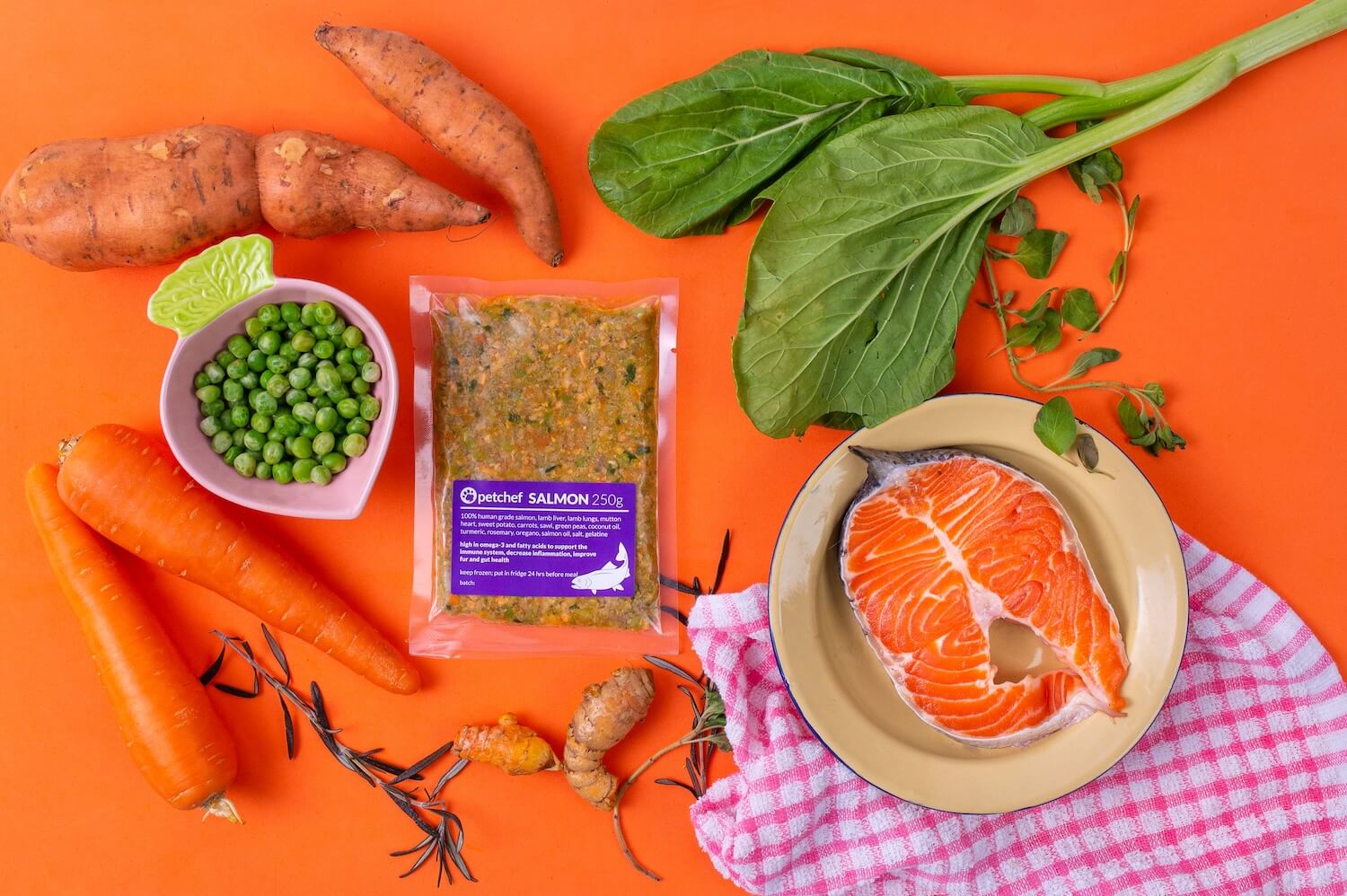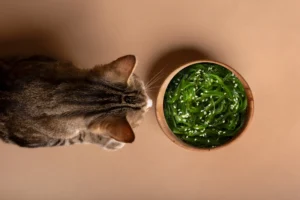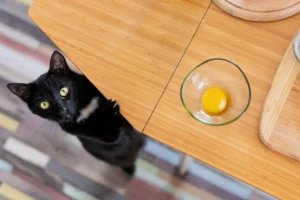I was today years old when I found out that cats lack the ability to taste sweet stuff.
Unlike ours, dogs and other mammals, a cat’s tongue simply do not contain the receptors required to process the taste of sugary compounds. All this happened due to their innate ability to survive on proteins alone hence not requiring the taste receptors to make carbohydrates taste appealing to them.
“But my cat seems to always try to sneak a lick of my ice cream.”
Yes, that’s because they are able to taste fat, which ice cream has in high content.
But do cats really need to eat fruits?
Cats do not need the roughage and nutrients provided by a plant-based diet as their digestive systems have evolved to thriving on a diet of at least 70% meat. Which probably explains why many cats may not like fruit.
However, they do tend to chew on grass or catnip so a healthy serving of fruits could provide them with additional micronutrients to their diet.
But remember, fruits should never be fed as a meal replacement or even as a daily treat. This is especially for fruits that contain high levels of sugar such as bananas, strawberries and pineapple.
This is especially important because an excessive ingestion of fruit could also lead to intestinal irritation, diarrhea, or bloating, even for the safe fruits. And like humans, cats can actually even get diabetes!
They are also susceptible to cavities, gingivitis, and other types of oral infections that can be caused by sugar intake.
This doesn’t mean that you can’t feed your cat fruits at all, but fruits should only be given sparingly, only as an occasional treat.
How to prepare the fruits for your cat
Pets lack the dexterity to remove certain parts of the fruit which may accidentally poison or poise as a choking hazard to them. Therefore it’s especially important to:
- Wash and remove stems, leaves, peel, skin and rinds
- Remove seeds and pits
- Cut everything into appropriate bite sizes
Here are 8 fruits that are safe as cat treat substitutes along with the recommended serving sizes.
1. Apples
Serving size: 1-2 slices
Apples are high in fiber, protein, as well as vitamins A and C. Plus, its low-fat content makes it the perfect treat for older and overweight cats.
2. Apricots
Serving size: 1 slice
Apricots are a yummy, sweet treat. But due to the high sugar content it should be fed in smaller amounts.
3. Bananas
Serving size: 1-2 pieces of one-inch chunks
Soft yet rich in potassium and carbs, this versatile fruit is great for heart and kidney functions.
4. Berries
Serving size: 2-3 berries
Be it blackberries, blueberries, raspberries, cranberries or strawberries, berries are rich in antioxidants and fiber. Besides, frozen berries could be a nice treat on a hot Malaysian day.
- Blueberries are especially known for its strong antioxidant properties making it a superfood for humans and dogs.
- Cranberries do an excellent job in fightin urinary tract infections.
However, you should only feed dried, frozen, cooked or raw forms of berries in moderation because juices and sauces typically contain high levels of sugar that could upset your cats stomach.
5. Cantaloupes
Serving size: 1 piece of one-inch chunks
From it’s orangey colour, this melon contains beta-carotene which aids in vision improvement. Besides that, it has a range of minerals and vitamins such as vitamins C, B, and A which has the ability to alleviate inflammatory problems in pets.
6. Mangoes
Serving size: 1-2 slices
Packed with essential vitamins, this is a great fruit for both dogs and cats. It also helps ease digestive issues but do feed this to your pet without its skin and pit.
7. Pears
Serving size: 2-3 pieces
Pears are high in fiber and copper. Choose chunks of the whole fruit and remove the core and seeds, which are toxic.
8. Watermelon
Serving size: 1 slice, seedless
Being a fruit that’s 92% water, this low calorie fruit is a crowd favourite among humans, dogs and cats on a hot day. Do make sure to remove all seeds and rind before feeding.
What fruits can’t my cat eat?
Similarly to dogs, raisins and grapes are a big no as they can cause kidney failure as well as avocados as it could cause painful and fatal oxygen deprivation and pancreatitis.
-//-
In contrast to dogs, cats are unable to taste the sweetness in fruits but rather are stimulated by its fragrance. Hence don’t be dismayed if your cat doesn’t pounce at the piece of fruit at first sight. Perhaps you could try introducing a small piece and watch for signs of allergies or aversion.
Should you have any doubts if your furkid should be consuming certain pet friendly food, feel free to speak to our Petchef Advisors.
Feature Image Credit: Bean The Cat





















